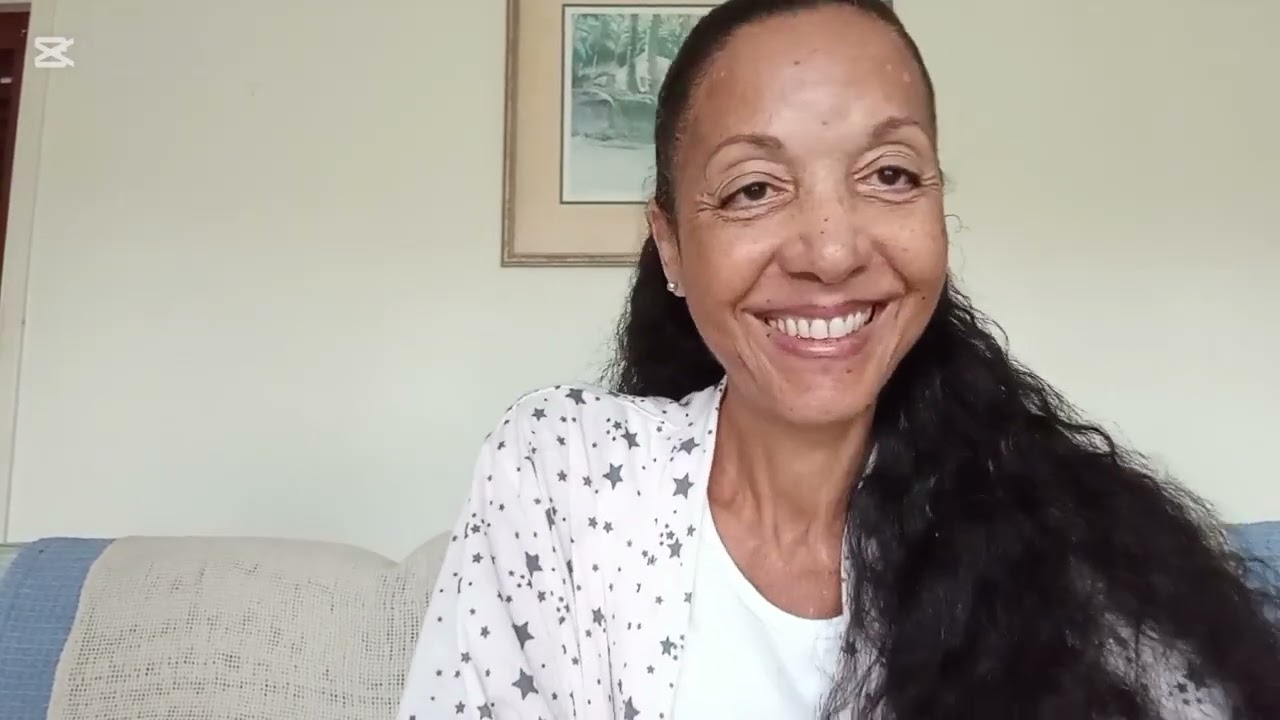Womens Preparedness
A Call to Action: Addressing Safety Concerns in Public Spaces

Hello, ladies! I’m Jade Tripp, and today we’re diving deep into a topic that’s close to my heart: our safety in public spaces. We’ve all been there—walking to our cars after dark or navigating crowded events—feeling a tingling sense of unease. But guess what? You’re not alone, and there are actionable steps we can take to enhance our safety and confidence!
The Reality of Public Safety
Let’s face it: safety concerns in public spaces are real. According to the National Crime Victimization Survey, women are disproportionately affected by violence. In crowded areas like festivals or public transportation, the risk can spike due to a mix of factors—larger crowds, unfamiliar settings, and a general sense of vulnerability. But rather than succumb to fear, it’s time to empower ourselves!
Knowing Your Environment
Be Your Own Best Advocate
Knowledge is power, ladies! Understanding your surroundings is crucial. Whether you’re walking through a park or navigating a city street, always take note of exits, potential safe havens, and areas where you might feel comfortable speaking up if needed. Familiarize yourself with local landmarks, and consider carrying a small map or downloading safety apps like “bSafe” or “Everywhere.”
Real-Life Example: The Central Park Incident
In 1989, a tragic assault in Central Park highlighted the need for awareness and preparedness. Fast forward to today, women are taking proactive measures, with many opting for self-defense classes or joining community groups focused on safety education. These initiatives help build strong alliances where women support each other in understanding their environments.
Building Your Confidence Through Skills
Self-Defense Training
Investing in self-defense classes can be a game-changer. Programs like Krav Maga or Brazilian Jiu-Jitsu are not just about physical techniques; they empower you mentally, reinforcing the idea that you can defend yourself if the need arises. Classes can often be found at local gyms, community centers, or even online platforms.
Real-Life Example: The Impact of Empowerment
Take a moment to consider the story of Tiffany Johnson, a woman who joined a self-defense class after feeling uncomfortable walking home from work. After mastering a few techniques, she confidently deterred an attempted attack using moves she’d practiced. Her experience is a testament to the strength that comes from being prepared.
Cultivating a Safety Mindset
The Buddy System
Don’t underestimate the power of companionship! Whenever possible, walk with a friend or a group, especially during evening outings. If you’re commuting or traveling alone, share your itinerary with loved ones. It doesn’t just enhance your safety; it also creates a sense of community and support.
The Magic of Technology
Leveraging technology can also provide peace of mind. Apps like “SafeTrek” allow you to alert authorities by holding down a button when you feel uneasy. Your safety is just a click away!
Making Safe Choices
Being Proactive
Always trust your gut feelings. If a location or person makes you uncomfortable, don’t hesitate to leave or seek help. Create an exit strategy for events, knowing which routes lead to safety. It’s all about fostering situational awareness.
Real-Life Example: Annie’s Decision
Annie, a college student, decided to leave a party early when her instincts told her something was off. She chose to walk home rather than stay, prioritizing her gut feeling. Though some may have viewed her action as socially awkward, Annie later expressed gratitude for listening to herself, recognizing the importance of trusting one’s instincts.
Engaging the Community
Start the Conversation
Talk about safety with friends and family. Create local meet-ups where women discuss concerns and strategies. Share experiences and connect with others thinking about their safety in public spaces. The more we talk, the more we empower each other!
Conclusion: Take Action Today!
Ladies, empowering ourselves in public spaces is no longer optional; it’s essential. Let’s embrace our strength, encourage one another, and support a culture of safety. Whether it’s joining a self-defense class, downloading a safety app, or simply engaging in open conversations about our concerns, every step counts.
As we call upon each other to take action, remember: you are not alone in this journey. Together, we can navigate public spaces with confidence, embracing all that life has to offer while prioritizing our safety.
Stay vigilant, stay empowered, and keep rocking your world!
With love and strength,
Jade Tripp
Womens Preparedness
Assertiveness in Action: Handling Emergencies with Confidence

Assertiveness in Action: Handling Emergencies with Confidence
Hello, amazing women! I’m Jade Tripp, and today we’re diving into a topic that is vital for our safety and well-being: assertiveness in emergencies. Whether it’s a potential threat on the street, an unexpected intruder, or even the pressure of advocating for yourself in a complicated situation, being assertive can make all the difference. Let’s walk through how to handle such emergencies with confidence and poise!
Understanding Assertiveness
First, let’s clarify what we mean by assertiveness. Assertiveness is the ability to express your thoughts, feelings, and needs firmly and respectfully. It’s not about being aggressive; it’s about standing your ground and being clear about your boundaries while respecting others. In situations of distress or emergencies, assertiveness helps you to take control rather than feeling overwhelmed or passive.
The Importance of Being Prepared
Preparation is critical when it comes to emergencies. It’s like training for a marathon; the more you prepare, the more confident you’ll feel on race day. Here are a few ways to prepare:
-
Know Your Surroundings: Familiarize yourself with the locations you frequent. Know where the exits are in a restaurant or how to get out of a parking garage. This knowledge may seem minor, but it can boost your sense of safety.
-
Self-Defense Classes: Consider joining a self-defense class like Krav Maga or Women’s Self-Defense Workshops, where you can learn techniques to protect yourself while also building your confidence. Organizations like the Rape Aggression Defense Systems (RAD) offer classes specifically tailored to women.
- Emergency Kits: Keep a small emergency kit in your car or bag. Include items like a whistle, personal alarm, pepper spray, first-aid supplies, and a charged phone. These tools can give you an edge during unpredictable situations.
Real-Life Inspiring Examples
Let’s look at some real-life examples that highlight the power of assertiveness in emergency situations.
-
The Subway Incident: A woman named Lisa was waiting for her train when she noticed a man behaving suspiciously nearby. Instead of ignoring her instincts, she approached a station officer and reported her concerns. The officer intervened, preventing a situation from escalating. Lisa’s confidence to speak up not only protected her but potentially stopped harm to others.
- The Home Intrusion: One of my students, Sarah, had an experience where an intruder attempted to break into her home. Instead of panicking, she remembered her training. She grabbed her phone, called 911, and loudly declared that she was on the line with the police and that she had a weapon (which she didn’t, but it helped create a deterrent). The intruder fled, and Sarah remained safe thanks to her assertiveness.
Communicating Assertively
Communication plays a critical role in handling emergencies. Here are some actionable tips:
-
Use Clear and Direct Language: Whether you’re calling for help, confronting someone, or alerting others to danger, be straightforward. Instead of saying, “Um, I think someone is following me,” say, “Help! I feel threatened. I need assistance.”
-
Practice Active Listening: In emergencies, it’s equally important to listen. If someone is trying to help you, acknowledge their guidance. This shows that you value their support and can lead to better outcomes.
- Role-Playing: Get together with friends and practice different emergency scenarios. Role-playing can ease anxiety and improve your response when the time comes.
Stay Calm and Grounded
When faced with an emergency, emotions run high, and it’s easy to become overwhelmed. Here are some strategies to help you stay calm:
-
Breathing Techniques: Practice deep breathing. Inhale for four counts, hold for four counts, and exhale slowly for four counts. This technique helps center your thoughts and brings clarity to your actions.
- Positive Self-Talk: Empower yourself with positive affirmations. Remind yourself, “I am capable. I can handle this.” Your mindset is a powerful tool in how you respond to challenges.
Conclusion: Be Your Own Advocate
Being assertive in emergencies doesn’t mean you need to be fearless; it means being aware of your surroundings and taking action when necessary. Equip yourself with the tools and knowledge to navigate potential dangers confidently.
Remember, you are not alone in this journey. Whether it’s the love and support of your friends and family or the community of women around you, we lift each other up. Together, let’s embrace our power, be prepared, and handle emergencies not just with courage, but with grace and confidence!
Stay safe, stay strong, and until next time, let your assertiveness shine through! 💪✨
Womens Preparedness
Time Out! Lets talk Real Faith. Life. Love. Fresh Oil & preparedness 👰🏽♀️🗡️🛡️
Womens Preparedness
BIRTH PREPAREDNESS PART 2 (MUM’S N BABIES EPISODE 12)

mumsnbabies #pregnancy #birthpreparedness #mbcitv.
source
-

 Womens Self Defense11 months ago
Womens Self Defense11 months agoNew Legislation Empowers Women to Defend Themselves
-

 Self Defense News1 year ago
Self Defense News1 year agoShe was convicted of killing her abusive boyfriend. Now a Maple Grove woman is home awaiting a new trial.
-

 Self Defense News1 year ago
Self Defense News1 year agoSelf-Defense for All: The new Gracie Jiu-Jitsu Pasadena is for everyone | Online Features
-

 Womens Self Defense1 year ago
Womens Self Defense1 year agoTop 5 Self-Defense Techniques Every Woman Should Know
-

 Womens Self Defense8 months ago
Womens Self Defense8 months agoUnderstanding State-by-State Variation in Self Defense Laws
-

 Womens Fitness1 year ago
Womens Fitness1 year agoXtreme Bodyweight HIIT (Lots of Jumping!) | Joanna Soh (Fio Series)
-

 Womens Preparedness1 year ago
Womens Preparedness1 year agoEmpower Yourself: A Guide to Female Survival Planning
-

 Womens Preparedness1 year ago
Womens Preparedness1 year ago10 essential skills for surviving in the great outdoors




